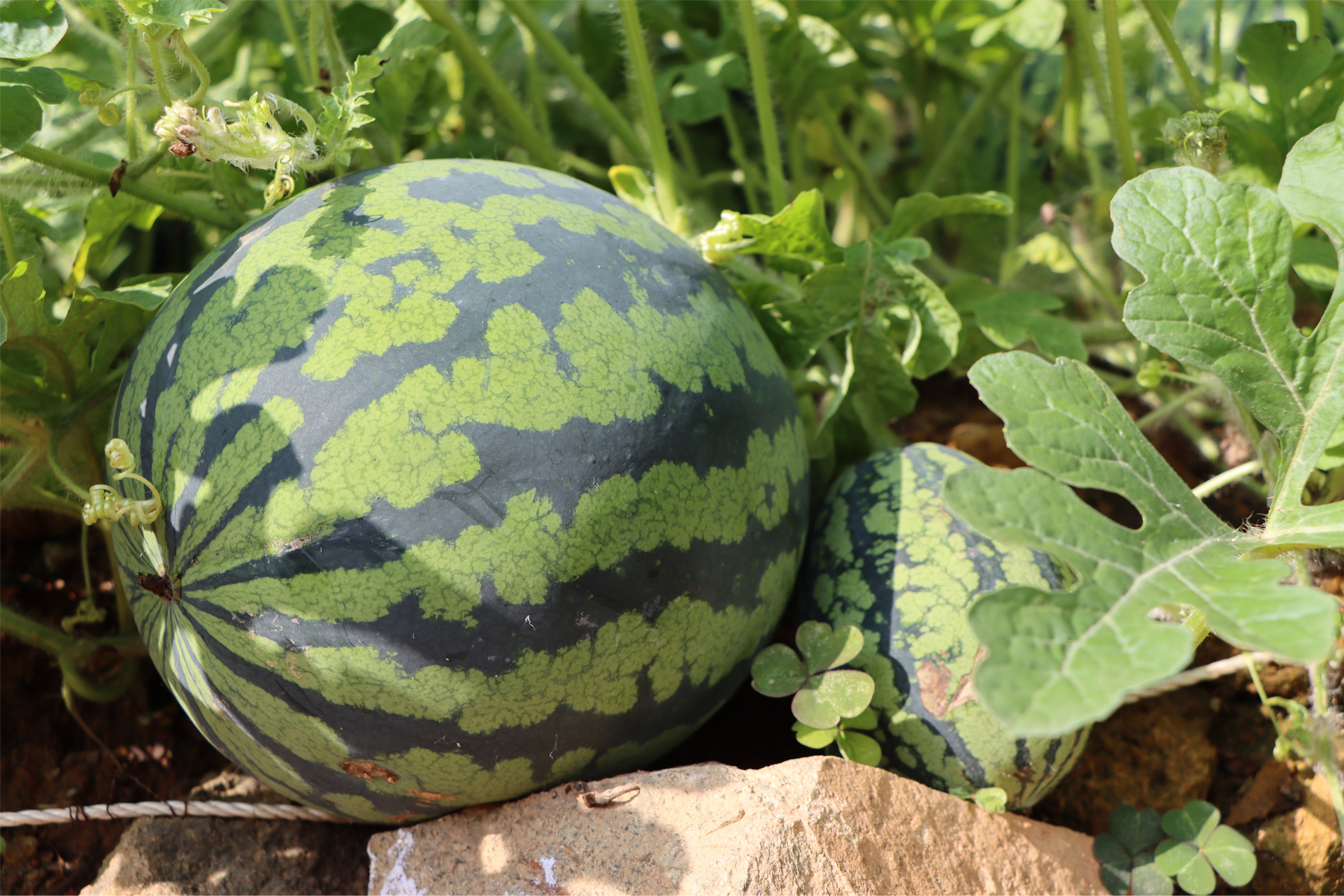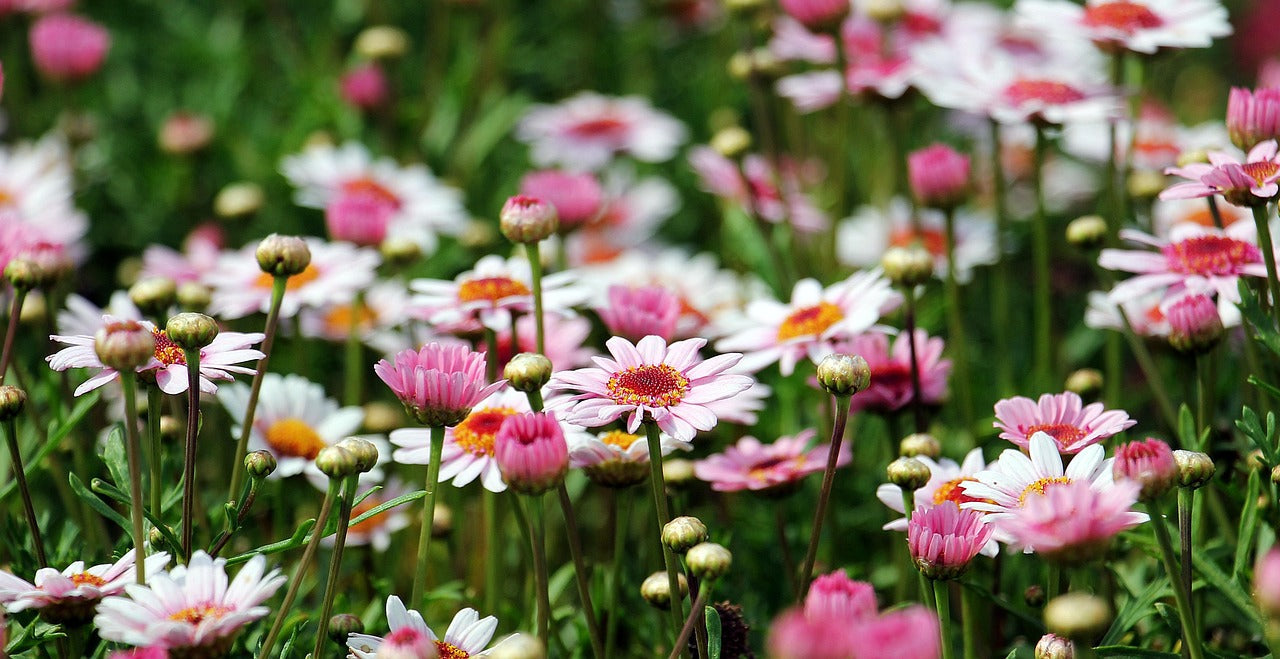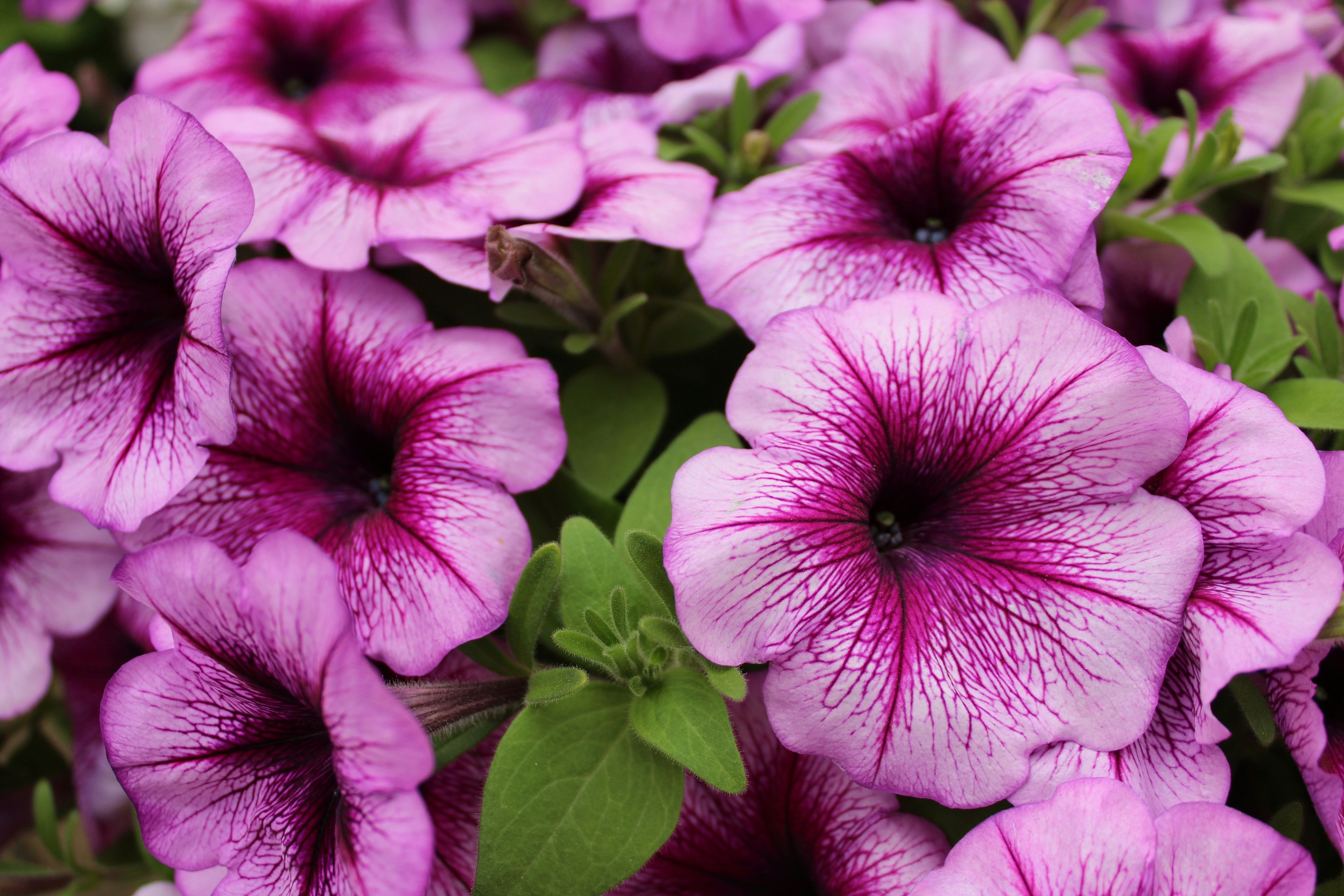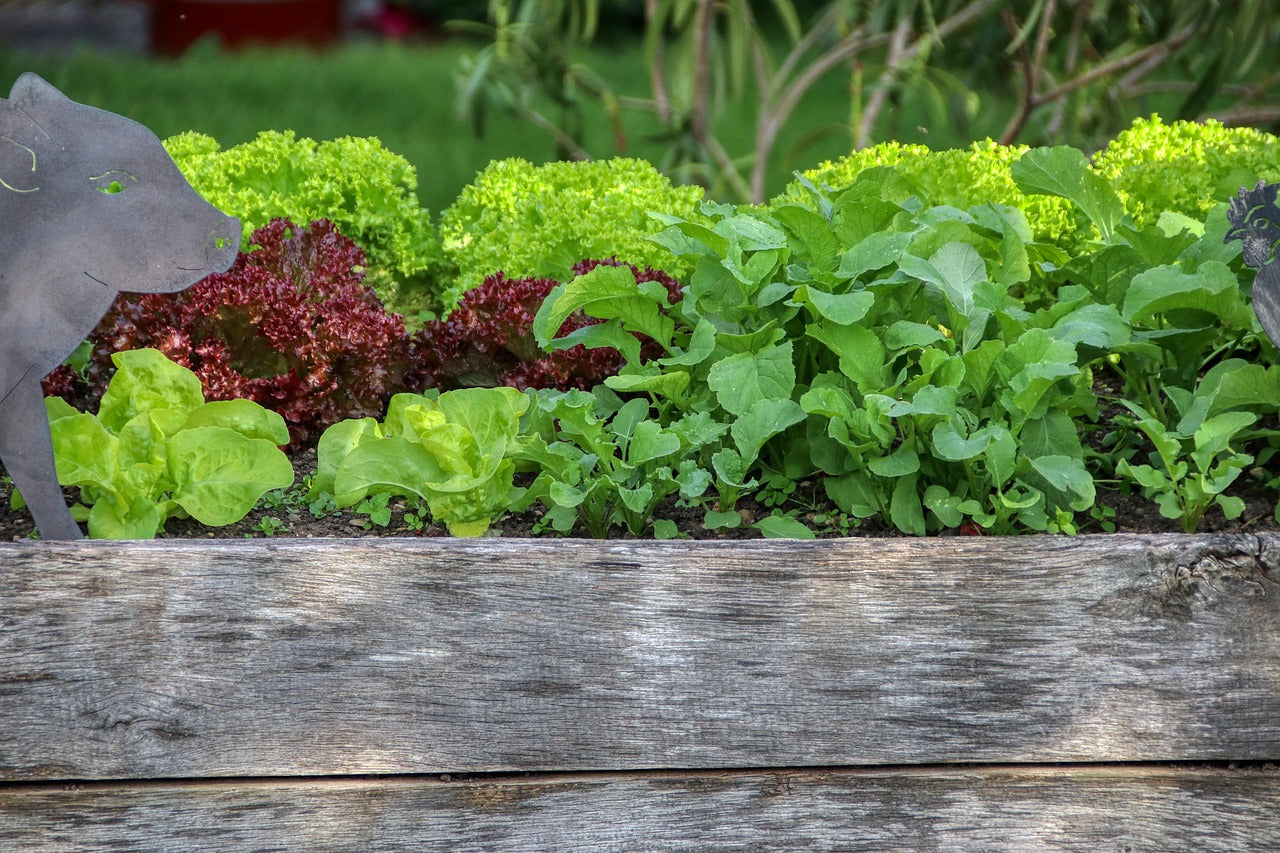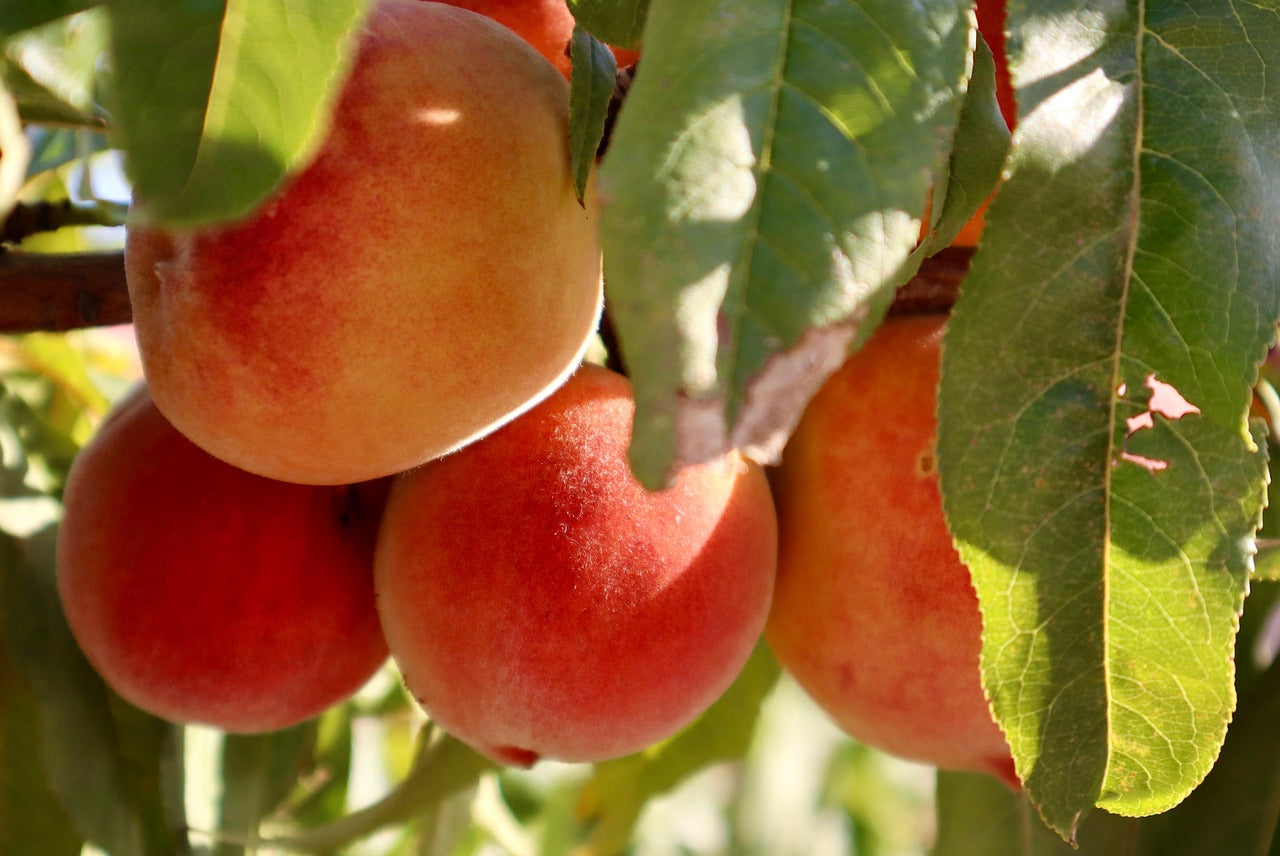If you have a lot of space, a sunny spot and can provide lots of water and nutrients for your watermelons, then you’re well on the way to success! Watermelon are greedy, rambling vines (they belong to the same family as zucchini, pumpkin, cucumbers and squash).

When and Where to Plant Watermelons
You will need around three months of warm (20-25°C days), sunny weather to grow and ripen a watermelon, so take this in to consideration when planting. Generally from late November onwards should be fine to plant in most areas.
Start your watermelon seeds in the ground where you would like them to grow. If your soil is lacking in nutrients look to add some compost or organic matter as watermelons like rich soil. The soil should be around 18°C to allow them to germinate. Plant your seeds a half inch deep (12mm), sow 4-5 seeds in mounds. Make sure that you give them some room between rows (1 metre) and half a metre between mounds. Planting in mounds means that the water won’t sit on the soil, watermelons don’t like wet feet. If your soil isn’t rich, planting in a mound is a good way to add compost to the area that you’re planting your watermelons in. Watermelon seedlings germinate very quickly, after a few weeks you’ll be able determine the weak watermelons from the strong, thin out your crop by keeping the strong seedlings.
As they start to grow bigger, they will begin to take over more space, even potentially smothering other plants in their vicinity. Gently move the vines in the direction that you would like them to grow.
Watering
Watermelons have shallow roots and they need a lot of moisture. Make sure that their soil doesn’t dry out, applying a thick layer of mulch or compost will also help with that. Applying mulch also helps to keep weeds at bay. Watermelons are very hungry plants too, we recommend using a high nitrogen fertiliser in the early stages and switch to a fertiliser that is higher in potassium once they begin to flower and fruit.
Flowering and Fruiting
Watermelons grow male and female flowers on the same vine.
The smaller male flowers appear first. The female flowers are larger and you’ll be able to see the tiny melon beginning to form at the base of the flower.
If you don’t see any female flowers, in short, it means that your watermelon plant is not happy. This could be a number of reasons, too hot, too cold, not enough water or not enough nutrients.
Watermelon flowers are pollinated by insects. If the plant does produce female flowers but the little fruit at the base of it shrivels up and dies, then the flowers are not getting pollinated. You can take matters in to your own hands and “hand pollinate.” This is best done early in the morning. Pull off several male flowers and remove their petals. Brush the pollen laden stamen against the stigma in the centre of the female so the pollen sticks. Unorthodox, but it will do the trick.
If you’re after large fruit, you can pinch out the tip of the branch after several fruits have set. This isn’t essential, you can let them grow on their own.
Harvesting Watermelons
Telling when a watermelon is ripe is a work of art. The most obvious sign is a curly tendril at the stem, once it is totally dry (kind of like straw), it is ready.
Another sign is the light coloured patch on the bottom of the fruit. It is initially greenish, but as the watermelon ripens, the green tinge disappears and it becomes yellowish. The skin overall becomes duller and tougher.
But the most popular way to tell if watermelons are ripe is the sound. Knock them with your knuckles and listen for a dull, hollow sound. The unripe watermelons have a higher pitched sound. Keep thumping lots of them and comparing until you can tell the difference.
Pest Control
Slugs, snails and other munching critters love the taste of watermelon. Apply Tui Quash to the area to stop slugs and snails destroying your crop.
Top tips
Compatible with sweetcorn and sunflowers. Avoid planting close to potatoes.
Watermelon Varieties
In-store we have Mr Fothergills and Yates seeds for four delicious varieties:
Red Candy
A large fruited melon which produces large oblong fruit.
Sugar Baby
A sweet, fine-textured round watermelon with a few seeds, it is relatively quick to grow, producing small fruits.

